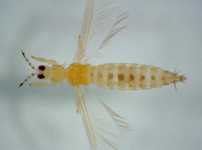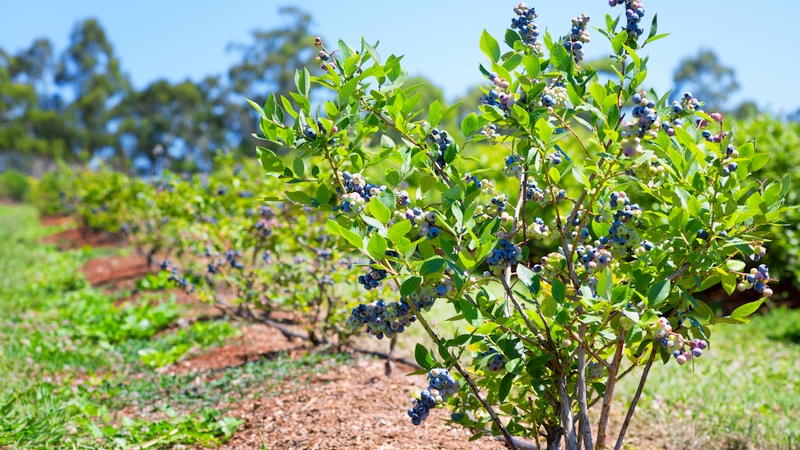Scientists Find New Way To Trick Thrips

Repelling western flower thrips from Florida’s bell peppers could be as simple as giving the insects a push and a pull, say researchers with the University of Florida’s Institute of Food and Agricultural Sciences (UF/IFAS).
A team at UF’s North Florida Research and Education Center in Quincy is evaluating an eco-friendly approach called “push-pull.” It’s meant to push thrips away from the target crop with unpleasant stimuli, and pull the insect to another type of plant grown as a lure.
Initial findings from a two-year study at a South Florida farm suggest that push-pull could help the state’s outdoor pepper growers reduce the thrips threat, said entomologist Joe Funderburk, a UF/IFAS professor who led the study.
The western flower thrips is native to the Southwestern U.S. but spread to the country’s Eastern half in the 1980s. The insect feeds on plant juices and preys on more than 500 species, including many vegetables, fruits, and ornamentals. It also transmits tomato spotted wilt virus.
Funderburk said broad-spectrum insecticides kill not only western flower thrips, but also natural enemies and harmless native organisms that compete with the pest for resources. The result: After a brief decline in western flower thrips populations, the pest comes back in force, and may develop insecticide resistance.
The “push-pull” strategy aims to prevent those problems. The “push” involves covering raised planting beds with plastic mulch that reflects ultraviolet light from the sun, to repel the insects. Researchers also coated pepper plants with a light dusting of kaolin clay, making it tough for thrips to feed and breed on pepper leaf tissue.
The “pull” was accomplished by raising rows of sunflowers near the peppers, keeping the rows free of UV-reflecting mulch and kaolin to offer the thrips an appealing alternative meal.
But those sunflowers didn’t provide safe harbor. They teemed with a well-known predator, the minute pirate bug. And they hosted two native thrips species that are more efficient at feeding and reproducing than western flower thrips, making it harder for the pest to survive.
The initial findings were presented in November at the Entomological Society of America’s annual meeting. The study was funded by the Florida Department of Agriculture and Consumer Services.









